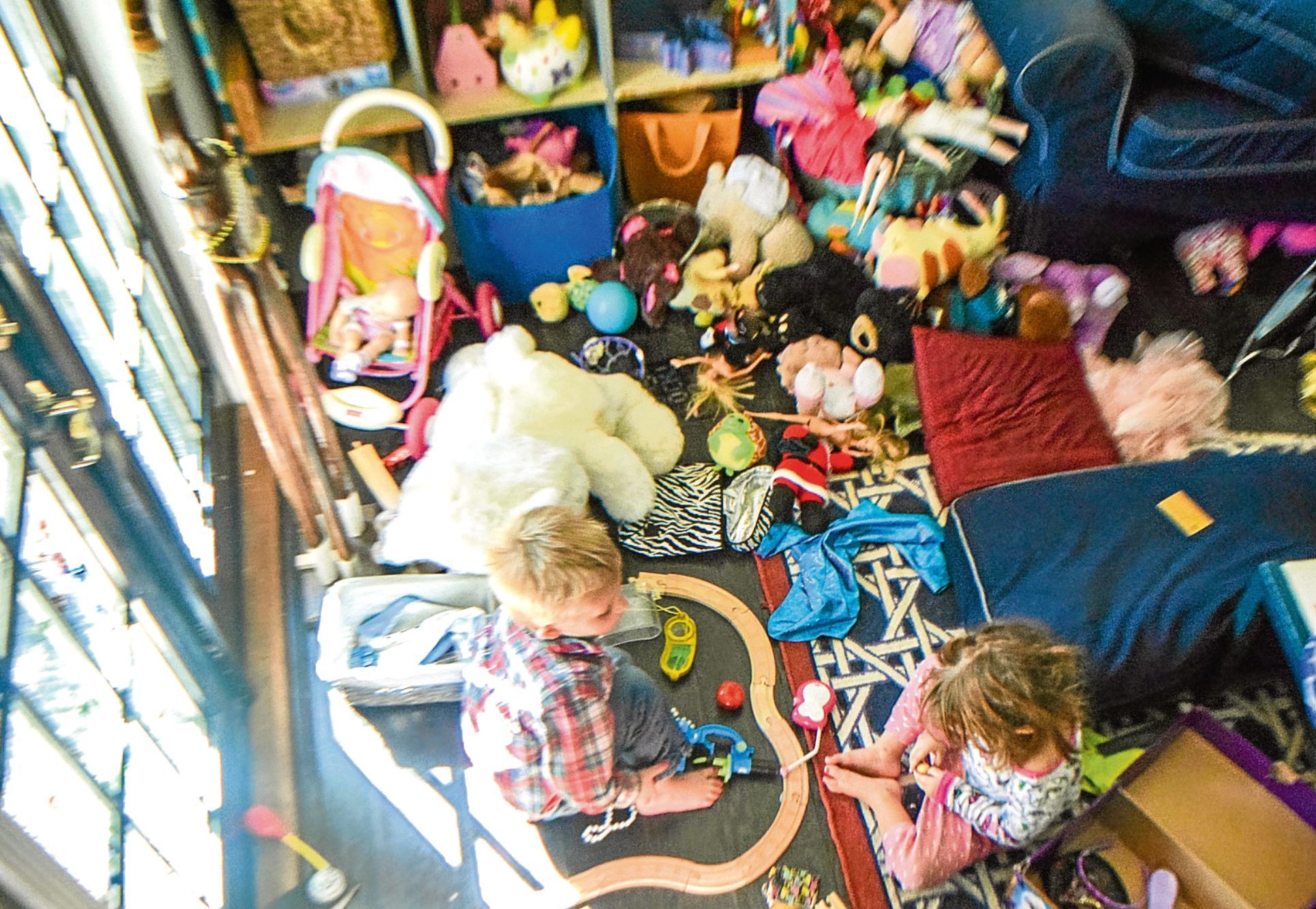
IMAGINE no possessions. I wonder if you can.
Well, John Lennon’s lyrics for Imagine have certainly hit home of late.
Even though, as comedian Alexei Sayle pointed out: “Spoons, John, you need spoons.”
A whole industry has sprung up based around the concept of decluttering.
Japanese author Marie Kondo has sold millions of books on the subject, with one of her ideas being that you should get rid of anything that doesn’t “spark joy”.
Now, my garlic crusher doesn’t spark joy, but it’s pretty useful and I ain’t about to bin it.
Kondo says anything that doesn’t spark joy should be touched, thanked and ceremonially sent on its way to a better life elsewhere.
Yes, I agree, that does sound odd, and Ms Kondo seems unaware of the irony that many of her followers now have several of her books lying about their presumably otherwise pristine pads.
American blogger Dave Bruno issued his 100 Things Challenge, which asked people to see if they could live with just 100 possessions and countless people have taken him up on it.
Unsurprisingly, celebrities have been quick to embrace the new fad, with Tobey Maguire and Reese Witherspoon keen followers and Leonardo DiCaprio apparently driving himself to distraction at the fact he can only get down to 150 vital items.
So, are you a filer or a piler?
For every obsessive declutterer and compulsive packrat, there are loads of us with, as Grampa Simpson once said: “A little of Column A, and a little of Column B.”
My wife reckons I’ve got a touch of the ol’ OCD, as my CDs are arranged alphabetically and her inability to put the little foil cover from a new litre of milk in the bin, leaving it instead near where she made the tea, drives me to despair.
But on the other hand, the half-landing bedroom is an absolute bombsite and I can live with that.
And it seems as if economist, author and Radio 4 presenter Tim Harford is in the same boat, judging by his new book Messy: The Power Of Disorder To Transform Our Lives.
His message is that mess and disorder can be good.
“We often succumb to the temptation of a tidy-minded approach but sometimes, we’re better served when we embrace an element of mess,” says Tim.
“There are situations such as with our desks or our children’s playgrounds, where we would be better served by a more disorderly approach — more obstacles, more clutter.”
Tim admits to being a fundamentally-tidy person, particularly in his kitchen.
“There’s no reason why your kitchen can’t be tidy,” he reveals.
“You’re not bringing in new stuff all the time, so you can figure out where everything goes and put it there.”
Tim’s advice is backed up by a study by IBM that tracked 85,000 office workers’ attempts to retrieve an email and found those who obsessively sent them to specific folders took longer than those who simply scrolled through their inbox.
There was also an experiment at the University of Exeter to determine whether the office environment affected what people got done and how they felt about it.
The results showed that those working where they could decorate their space as they wished achieved 30% more than those with no autonomy.
In other words, people flourish when they control their own space and that control will inevitably lead to mess.
Father of three Tim says this has changed his approach to parenting, saying: “There’s the classic parent-child fight over the state of their bedroom and I’ve realised it’s not a battle I should be fighting.
“Giving them autonomy over their space is far more important than my sense of what a bedroom should look like.”
READ MORE
We’d rather our kids read a good book: Parents vote to ban homework at Highland school
SNP fear single parents could suffer in wake of Brexit

Enjoy the convenience of having The Sunday Post delivered as a digital ePaper straight to your smartphone, tablet or computer.
Subscribe for only £5.49 a month and enjoy all the benefits of the printed paper as a digital replica.
Subscribe